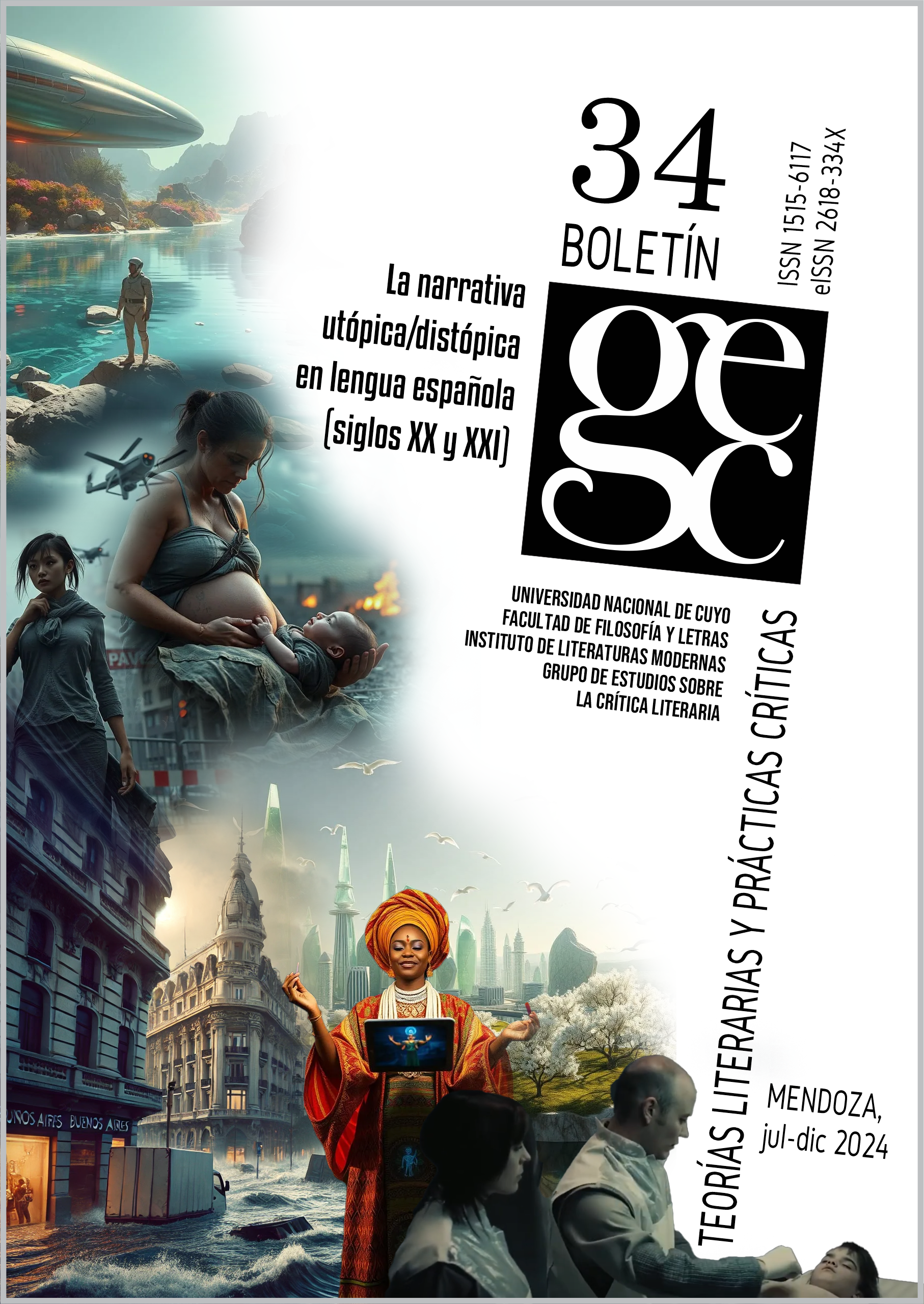Love as subject matter in Frankenstein
DOI:
https://doi.org/10.48162/rev.43.073Keywords:
Frankenstein, Mary Shelley, love, fictionAbstract
A brief study of love as subject matter is proposed from different perspectives in Mary Shelley’s novel Frankenstein or the Modern Prometheus (1818). These points of view are: the historical-social in relation to the moment of production, the biographical-literary in relation to the writer and her milieu, and the technical one related to the proposed structure, which responds to the epistolary fiction as sub-genre typical of 18th-century in England. The dynamic between these three aspects shapes the subject of love, linked to philosophical reflections (ethical, aesthetic and political).
From its first anonymous publication – usual in the Romantic period but also lucid, given that its author is a woman – the work has continued to attract and multiply readers/watchers to the present day. The widespread confusion between the names of Dr Frankenstein and his Creature crosses times and cultures, as does its bold and complex approach to human creation and its loving association with freedom.
References
Cahn, A. (1960). Goethe, Schiller y la época romántica. Nova.
Florescu, R. (1996). In Search of Frankenstein: Exploring the Myths Behind Mary Shelley’s Monster. Robson Books.
Ford, B. (1957). The Pelican Guide to English Literature (Vol. 5: From Blake to Byron). Penguin Books.
Holmes, R. (1989). Coleridge: Early Visions. HarperCollins.
Sha, R. C. (2001). Romanticism and Sexuality—A Special issue of Romanticism on the Net. Romanticism on the Net, (23), s/p. http://www.erudit.org/revue/ron/2001/v/n23/005994ar.html
Shelley, M. (1994). Frankenstein or, the Modern Prometheus. Penguin Books.
Trilling, L. (1956). Imágenes del yo romántico. Sur.
Downloads
Published
How to Cite
Issue
Section
License
Copyright (c) 2024 María Calviño

This work is licensed under a Creative Commons Attribution-NonCommercial-NoDerivatives 4.0 International License.
Aquellos autores/as que tengan publicaciones en esta revista, aceptan los términos siguientes:
- Los autores/as conservarán sus derechos de autor y garantizarán a la revista el derecho de primera publicación de su obra, el cual estará simultáneamente sujeto a la Licencia de reconocimiento de Creative Commons que permite a terceros compartir la obra siempre que no se use para fines comerciales, siempre que se indique su autor y su primera publicación en esta revista, y siempre que se mencionen la existencia y las especificaciones de esta licencia de uso.
- Los autores/as podrán adoptar otros acuerdos de licencia no exclusiva de distribución de la versión de la obra publicada (p. ej.: depositarla en un archivo telemático institucional o publicarla en un volumen monográfico) siempre que se indique la publicación inicial en esta revista y se cumplan las otras condiciones mencionadas arriba.
- Se permite y recomienda a los autores/as difundir su obra a través de Internet (p. ej.: en archivos telemáticos institucionales o en su página web) antes y durante el proceso de envío, lo cual puede producir intercambios interesantes y aumentar las citas de la obra publicada. (Véase El efecto del acceso abierto).














